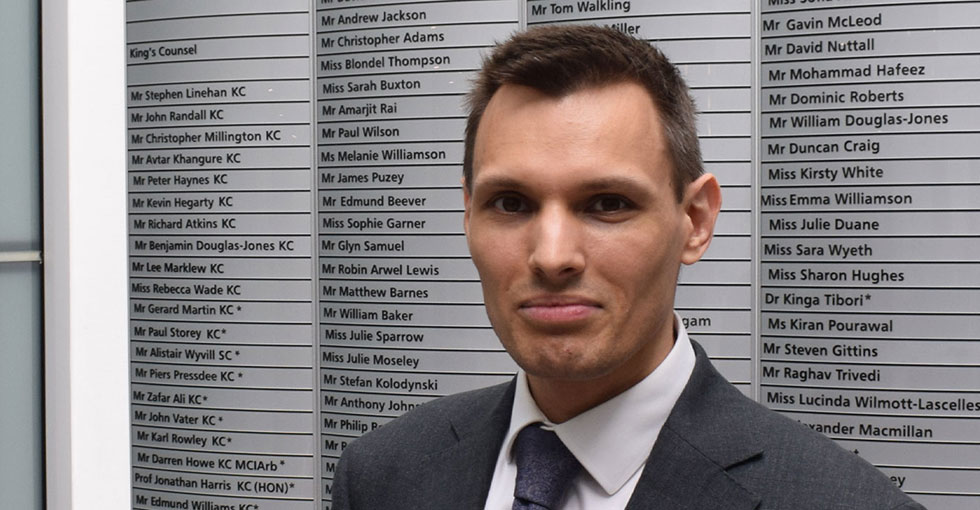Fitness to Practice and the Health and Care Professional Council
A focus on Impairment: a Forgiving Test
by Olivia Beesley |
|
|
I recently acted for the Registrant in Fitness to Practice proceedings under the Health and Care Professional Council Regulations. The young man, a paramedic, was only a handful of years into his practice when the incident occurred. It was a case of not completing paperwork, not checking a patient in within a timely manner, and one unfortunate decision involving transportation methods. The patient in his care, an elderly woman, died in Accident and Emergency.
Fortunately for the paramedic, an investigation concluded that her death was natural, and not caused by his omissions. From the outset of the four-day hearing, my client agreed with the majority of the alleged omissions. He did not undertake paperwork, he did not check her in at A&E.
The Sequential Approach
Fitness to Practice allegations operate on three layers during the hearing;
- Establishing the Facts,
- Deliberating on whether those Facts amount to Statutory Grounds of Misconduct,
- Finally, whether Impairment is present for the Registrant; whether they are Fit to Practice
What I found to be forgiving about the proceedings, is that a finding of Misconduct by the panel does not automatically result in a finding of Impairment. If there is no finding of Impairment, no sanctions follow. The Registrant may leave the Hearing Centre with no caution, no conditions of practice, no suspension, and most importantly, with their name still on the Register.
Impairment
So how is it possible for Impairment to not naturally follow a finding of Misconduct? The answer is this: the test of Impairment is expressed in the present tense; that fitness to practise “is impaired.”
The case that lies at the foundation of this test is General Medical Council v Meadow (Attorney General intervening) [2006] EWCA Civ 1390 [2007] 1 QB 462. Sir Anthony Clarke MR stated it clearly;
“In short, the purpose of [fitness to practise] proceedings is not to punish the practitioner for past misdoings but to protect the public against the acts and omissions of those who are not fit to practise. The FPP thus looks forward not back. However, in order to form a view as to the fitness to practise today, it is evident that it will have to take account of the way in which the person concerned has acted or failed to act in the past” (para 32)
In addition, the case of Cohen v General Medical Council [2008] EWHC 581 established that evidence that a failing is remediable and has been remedied is relevant to consideration of impairment.
A Registrant may have been Impaired at the time of the failing identified in the allegation, however the Panel’s task is to form a view about the Registrant’s current fitness to practise, by taking account of the way in which the registrant has acted or failed to act in the past and, then looking forwards whether they consider that the Registrant’s ability to practise safely is compromised.
So, there must be acknowledgement that there are situations where the misconduct is unlikely to be repeated in the future or has been remedied by the time of the hearing. After all, in many cases, years have passed between the incident and the hearing.
A ‘personal’ component is considered in three questions:
- Are the acts or omissions which led to the allegation remediable?
- Has the registrant taken remedial action?
- Are those acts or omissions likely to be repeated?
What about Public Policy?
The purpose of Fitness to Practice hearings lies in public protection and public policy issues. Importance is placed in protection, upholding standards of behaviour, and maintaining public confidence. Would public confidence in the profession be undermined if there was no finding of Impairment? Would they lose faith in the Regulatory process? The panel must also face the job of balancing this against current competence, in line with the test of impairment and the ‘personal’ component.
Factors Indicating Fitness to Practice
What then, are the key factors that the panel are looking for in the Registrant?
- Acknowledgement of Fault: admissions at the first instance aids a finding that the Registrant is not Impaired, as this indicates reflective skills, and an ability to change.
- Honesty: a prerequisite to be able to change is to accept faults.
- Training, Courses and Education since the incident: this supports the former point, that the Registrant has strived for improvement since the event.
- Testimonials from Colleagues: a handful of these are appropriate to attest to the Registrant’s ability, skill and standard of practice. It is less relevant to provide ‘character references’, unless you are operating at the Sanction stage.
- Lack of Repetition of Incidents: if there have been no incidents since, this is key to highlight.
- Live Evidence from the Registrant: it is important to hear from the Registrant themselves as to what they would do differently now, and why their actions or omissions were risk inducing. There will always be one professional of the same field on the panel, who are able to assess these points and possibly ask further questions of them.
- Reflective pieces from the Registrant: focussing on the incident itself, or on further practice they have undertaken well.
- The presence of the 10 Health and Care Professional Standards in their work life. It is important to remember that a breach of the Standards themselves are a starting point, though not to be taken of itself as a constitute of misconduct.
All is Not Lost
Returning now to my own client; out of three allegations on three separate incidents, there was only a finding of misconduct in one of the incidents. He had admitted this from the outset. However, despite the finding of Misconduct, no Impairment followed, and therefore no Sanctions. Registrants should not shy away from admissions. Nor should they feel disheartened that a finding of Misconduct is likely in some or all of the allegations. The proceedings are structured to balance the ‘personal’ with the ‘public’; to ensure fitness to practice in the present tense, rather than assessing retrospectively. The proceedings bring fair proceedings for the Registrant, whilst also providing a reliable regulatory process for the service user.
Olivia Beesley is a member of the St Philips Regulatory Group. She was called to the Bar in 2018. She has a first class degree from the University of Birmingham. She welcomes instructions in all areas of Regulatory law. |









